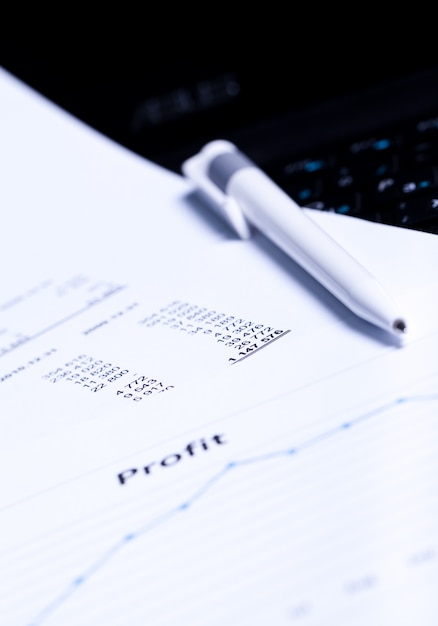Understanding Bank Statements: A Comprehensive Guide

A bank statement lists all the activities affecting your account over the past month. It shows your balance at the beginning and end of the period and includes important details like your account number and the bank’s contact information. Reviewing your statements helps you keep track of your savings and spending and watch for fraud.
### What Is a Bank Statement?
A bank statement is a document from your bank summarizing your financial transactions over a month or quarter. It lists all the money credited to and debited from your checking or savings account, along with the date and description of each transaction and your balance after each transaction. Essentially, it’s a snapshot of your banking activity and a useful tool for understanding your spending habits, pending transactions, and overall finances. Monitoring your statements can help you catch issues like fraudulent charges.
### What Information Is on a Bank Statement?
While layouts may vary between banks, most bank statements include the following information:
– **Account activity:** Details all transactions made during the statement period, including purchases, deposits, and withdrawals.
– **Account balance:** The amount of money in the account on the closing date.
– **Account number:** Identifies the bank account.
– **Account summary:** Provides an overview of the account, including opening and ending balances, deposits, withdrawals, and fees.
– **Account type:** Identifies the type of account, such as checking or savings.
– **Annual percentage yield:** Shows the interest rate your balance earned during the statement period, including the dollar amount.
– **Bank contact information:** Includes the mailing address, phone numbers, and website details for the bank’s customer service department.
– **Credits:** Money credited to the account during the statement period, such as deposits, direct deposits, interest payments, reimbursements, and statement credits from a bank reward program.
– **Debits:** Money removed from the account during the statement period, including debit card purchases, bill payments, automatic debits, checks, ATM withdrawals, and bank fees.
– **Fees:** Listed in the account summary and debits section, specifying the type of fee.
– **Statement date:** The date marking the end of the statement period, typically located at the top of the document.
– **Your name and contact information:** Ensure these details are correct and report any errors to the bank.
Federal law requires banks to include either the number of days in the statement period or the start and end dates.
### Types of Bank Statements
You can receive your statements in two forms: electronic and paper. Paper statements are mailed to you, usually for a fee, while electronic statements are typically free and accessible via online banking or a mobile app.
### How Do You Get a Bank Statement?
Most banks and credit unions send statements to account holders monthly or quarterly. Customers can choose between paper statements mailed to them or electronic statements accessed through the bank’s website or mobile app. To access and monitor your bank account statements:
1. Log in to your bank’s website or mobile app.
2. Locate the section where statements are available, often labeled as “bank statement” or “e-statement.”
3. Choose the statement for the period you want to view.
4. Review the statement and file it for your records. Banks typically keep statements on file for up to seven years.
5. Download or print paper copies if needed.
6. Log out of the website or mobile app, especially if using a public or shared computer.
### Paper Statements
If you prefer paper statements, your bank will mail them to the address on file. You can check or change this address in the personal information section of your account.
### Why Should You Review Your Bank Statement?
Reviewing your bank statement ensures your account balance and transactions are accurate. It can serve as proof of income and help you track your spending.
### Reconcile Your Bank Account
Reconciling your bank account involves comparing your record of spending to the bank’s record. This helps you budget appropriately and monitor where your money is going, aiding in future financial planning.
### Look For Mistakes
Reviewing your statements helps catch and correct mistakes, such as inaccurate charges or fraudulent transactions, which may indicate identity theft. It’s easier to correct these errors when you report them with original receipts.
### File for Your Records
Many banks recommend keeping bank statements for one year before destroying them. They may be needed to verify deductible expenses on your tax return or as proof of income. If you’re self-employed, your bank statement may be your only proof of income. If you prefer not to have paper statements, check your bank’s online banking site to see how long it saves statements. If it’s less than a year, set a reminder to download statements periodically.